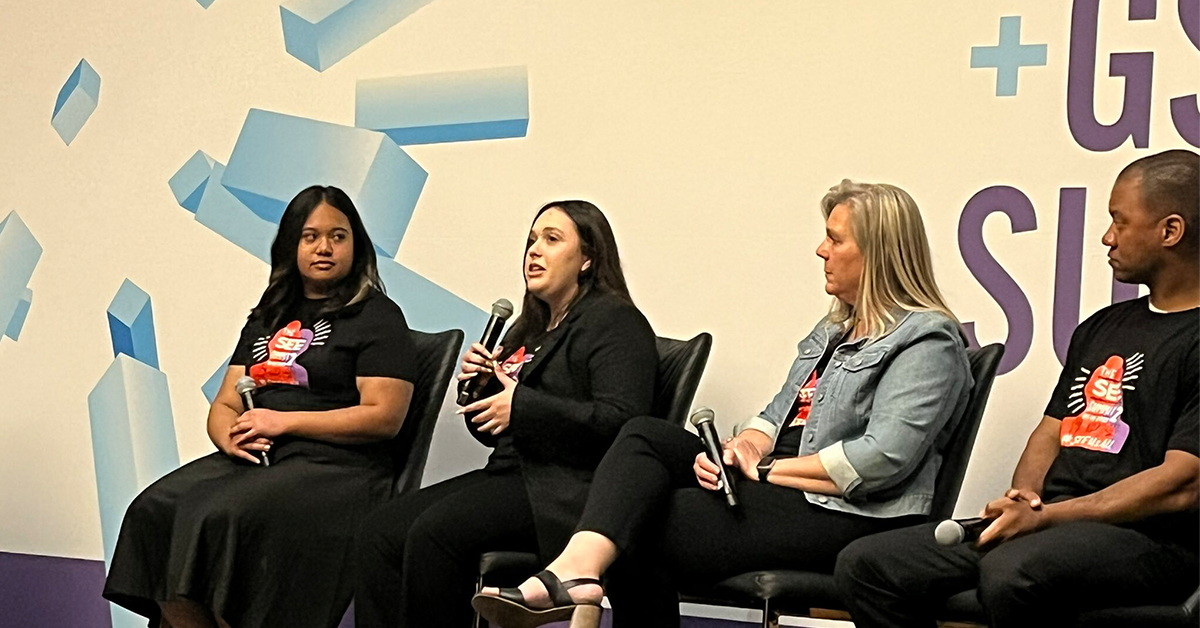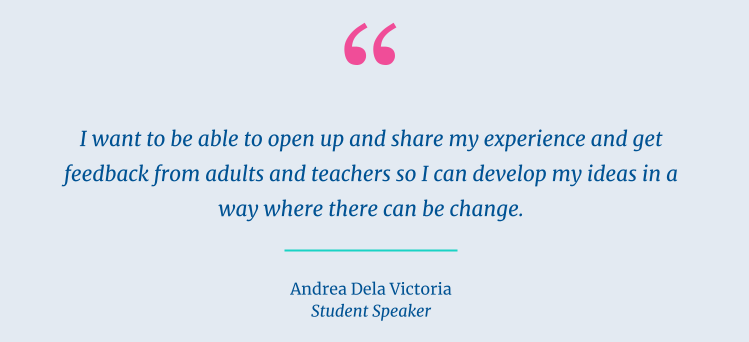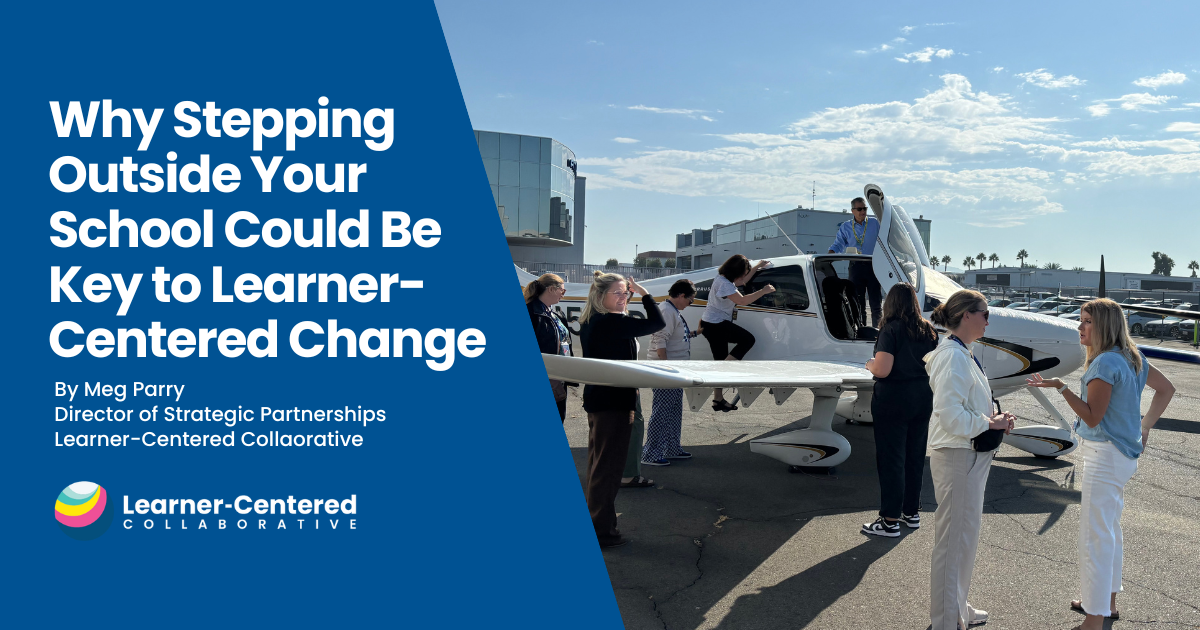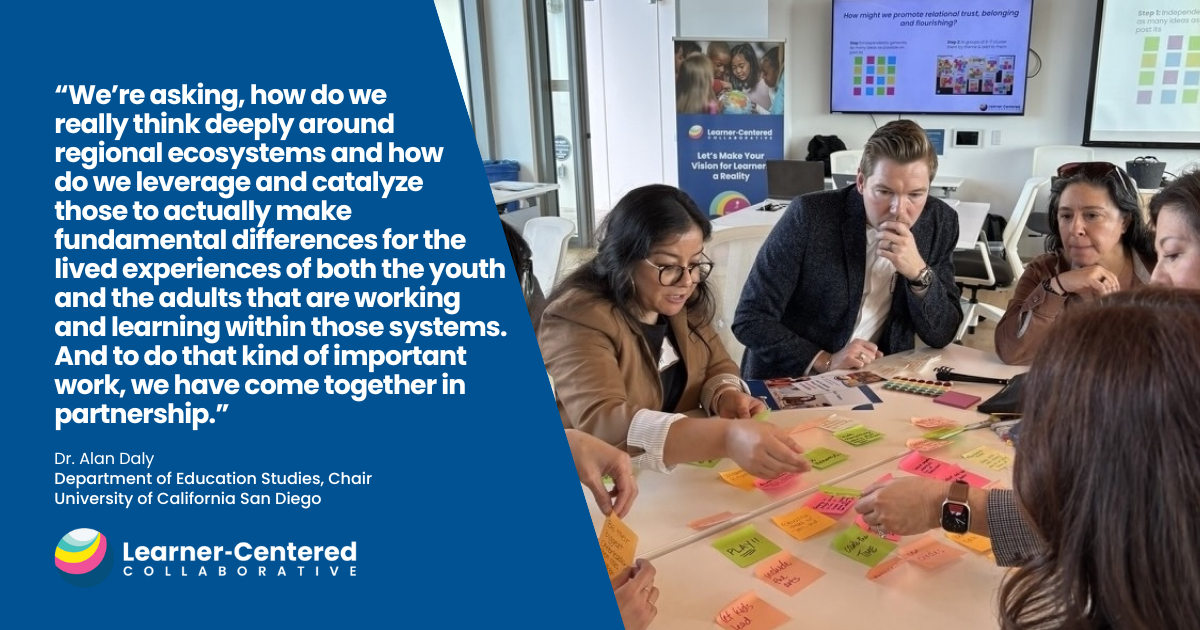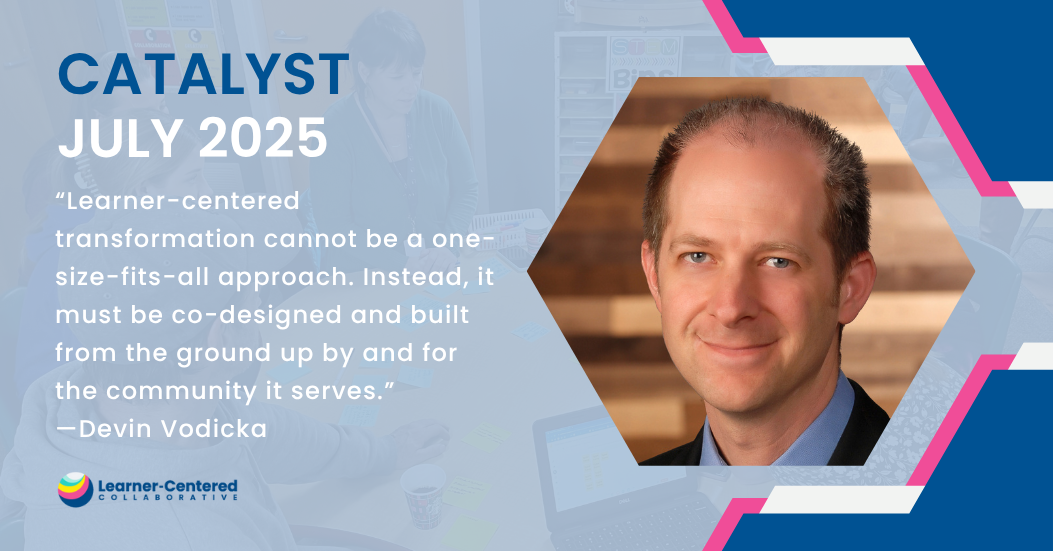3 Ways to Include and Amplify Student Voice
Educators are working harder than ever to meet the needs of students, but the challenge is that we’re not always in tune with what students need or what they are capable of. Just asking students can be such a powerful force for innovation, change, and meeting the needs of our learners. Until we bring them to the table to find out what they need to make those conditions right, we can’t actually be inclusive and equitable. In my experience, when you raise the bar and allow students to step up, they almost always exceed it.
As we engage with our partners and the greater education community, we know many are thinking deeply about what we know about learning and the enabling conditions, what we feel success is, and how we can build on what is working to evolve our practices.
Hear what educators and learners are saying in Voices from the Learner-Centered Ecosystem.
We have continued to be inspired by our conversations and work with educators, but when we create opportunities to listen to learners and amplify their voices, we continue to get better and more effective.
Here are three ways that our community is taking steps towards embedding student voice into the conversation and amplifying what we are learning.
1. Bring Students to the Table (Or Stage)
On a Panel at ASU +GSV Digital Promise’s Dewayne McClary, Superintendents Julie Mitchell and Marlon Styles, and I engaged in conversations with two students as they shared their experiences as students. Andrea Dela Victoria shared how important it is to engage in conversations across cultural and generational lines. She shared:
The open conversations and exchange of ideas was something that she found beneficial and wanted to happen more.
Building on this, Isabel Ortega understands the importance of sharing her story for her and future generations. She acknowledged:
“In order for my future and the future of my family and community, I need to make sure our stories are being told, putting those perspectives out there to make sure future students, including my sister, have the space and confidence to thrive in an academic environment.”
We learned so much from Andrea and Isabel in the 45 minute panel conversation and we know that students have so much more to teach us if we are willing to listen and learn.
Check out the SEE Summit 2 being held on May 14th for more information on this powerful student run conference.
2. Student Forums
Em•pa•thy (noun)
/ˈempəTHē/
being aware of and understanding the perspectives, feelings, and experiences of others
Empathy is an important element in human-centered design and critical to creating learner-centered experiences. Too often we make assumptions about what others need or we design based on our own experiences. Instead, if we want to design for the needs and opportunities of learners today, we must take time to understand the problems we are trying to solve and deeply understand the needs and experiences of those we serve.
César Morales, Director of Strategic Partnerships at Learner-Centered Collaborative, kicked off our partnership with Laguna Beach Unified School District by engaging learners in conversations about their experience. Listening to students is at the heart of learner-centered education and is imperative when designing a learner profile. Using Learner-Centered Collaborative’s “Bright Spots / Key Challenges/ Wonders / Ideas” protocol, students were guided through a conversation and given an opportunity to individually reflect on their personal academic experiences. From there they worked collaboratively to summarize their collective academic journey. Engaging in this critical step allows district and school leaders to build trust and solicit input from students.
In this article Devin Vodicka shares the profound impact students can have on a district when their voices are heard.
3. Learning Exhibitions
Like a musical production or a game, a learning exhibition is an opportunity for learners to put their learning on display, invite families in, and share how and what they are learning. The Share Your Learning website highlights:
“When students know they will share their work with an audience beyond the classroom, they are motivated to make it high quality. The best exhibitions showcase work that has required students to think critically, problem-solve, and revise through multiple drafts.”
I have seen the impact on motivation and the quality of work when students have an opportunity to share beyond the classroom. Recently, our team got to participate in a district-wide learning exhibition where students from Logan County Schools in Kentucky shared their passions, pitched their ideas, and shared their learning, and what they were doing as a result.
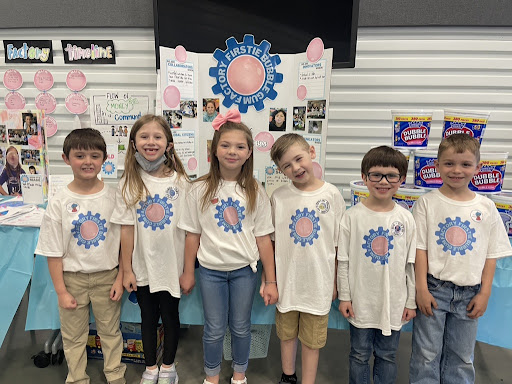
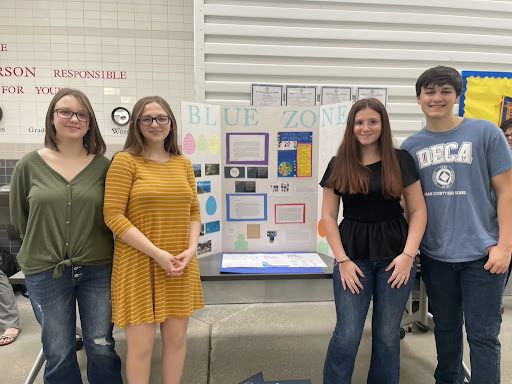
As we talked to these learners, it was clear that they took pride in their work and they were excited to share what they learned. Their voices matter, their ideas matter and they are capable of so much more than we often give them credit for.
As Superintendent Marlon Styles reflected:
“As we have more dialogue, we find that students themselves have more to teach us about how to create diverse environments in our schools.”
Amplifying student-voice should be central to our work as educators and requires us to create the space and conditions for students to share their ideas and experiences. Most importantly we must listen, reflect, and act on what we hear, even when it is hard. As Superintendent Julie Mitchell reminds us:
”Every system, situation, has a flaw. Once we can acknowledge that truth, then we can say what’s on our mind, and give students the space to be candid about what’s actually working in schools for them or not.”
There is no better way to understand what’s working, what’s challenging and what’s possible than to begin with students. The path that is ahead of us becomes so much clearer when we listen to students to understand what they experience and see if the intention of our actions actually makes the impact we desire.
Learn how Learner-Centered Collaborative can help your district develop a culture and practice of listening to learners and elevating student voice. Schedule a 30 minute consultation call.
